Home Page | Statement of Net Position 2024: $1,272B
Missing you, Beaver Nation 🧡 pic.twitter.com/XO4dhbL1c7
— Oregon State University (@OregonState) September 10, 2024

Home Page | Statement of Net Position 2024: $1,272B
Missing you, Beaver Nation 🧡 pic.twitter.com/XO4dhbL1c7
— Oregon State University (@OregonState) September 10, 2024
IEC technical committees and subcommittees Ω SMB Tabulation
Much economic activity in the global standards system involves products — not interoperability standards. Getting everything to work together — safely, cost effectively and simpler — is our raison d’etre.
Manufacturers, testing laboratories, conformance authorities (whom we call vertical incumbents) are able to finance the cost of their advocacy — salaries, travel, lobbying, administration — into the cost of the product they sell to the end user (in our cases, estate managers in educational settlements). To present products — most of which involve direct contact with a consumer — at a point of sale it must have a product certification label. Not so with systems. System certification requirements, if any, may originate in local public safety requirements; sometimes reaching into the occupational safety domain.
Our readings of the intent of this technical committee is to discover and promulgate best practice for “systems of products” — i.e. ideally interoperability characteristics throughout the full span of the system life cycle.
To quote Thomas Sowell:
“There are no absolute solutions to human problems, there are only tradeoffs.”
Many problems have no solutions, only trade-offs in matters of degree. We explain our lament over wicked problems in our About.
IEC technical committees and subcommittees
LEARN MORE:
ARCHIVE
The United States National Committee of the International Electrotechnical Commission (USNA/IEC) seeks participants and an ANSI Technical Advisory Group (US TAG) Administrator for an IEC subcommittee (Multi-Agent System) developing standards for power system network management. From the project prospectus:
Standardization in the field of network management in interconnected electric power systems with different time horizons including design, planning, market integration, operation and control. SC 8C covers issues such as resilience, reliability, security, stability in transmission-level networks (generally with voltage 100kV or above) and also the impact of distribution level resources on the interconnected power system, e.g. conventional or aggregated Demand Side Resources (DSR) procured from markets.
SC 8C develops normative deliverables/guidelines/technical reports such as:
– Terms and definitions in area of network management,
– Guidelines for network design, planning, operation, control, and market integration
– Contingency criteria, classification, countermeasures, and controller response, as a basis of technical requirements for reliability, adequacy, security, stability and resilience analysis,
– Functional and technical requirements for network operation management systems, stability control systems, etc.
– Technical profiling of reserve products from DSRs for effective market integration.
– Technical requirements of wide-area operation, such as balancing reserve sharing, emergency power wheeling.
Individuals who are interested in becoming a participant or the TAG Administrator for SC 8C: Network Management are invited to contact Adelana Gladstein at agladstein@ansi.org as soon as possible.
This opportunity, dealing with the system aspects of electrical energy supply (IEC TC 8), should at least interest electrical engineering research faculty and students involved in power security issues. Participation would not only provide students with a front-row seat in power system integration but faculty can collaborate and compete (for research money) from the platform TC 8 administers. We will refer it to the IEEE Education & Healthcare Facilities Committee which meets online 4 times monthly in European and American time zones.
Abstract. Research problem: Readability equations are widely used to compute how well readers will be able to understand written materials. Those equations were usually developed for nontechnical materials, namely, textbooks for elementary, middle, and high schools. This study examines to what extent computerized readability predictions are consistent for highly technical material – selected Society of Automotive Engineers (SAE) and International Standards Organization (ISO) Recommended Practices and Standards relating to driver interfaces. Literature review: A review of original sources of readability equations revealed a lack of specific criteria in counting various punctuation and text elements, leading to inconsistent readability scores. Few studies on the reliability of readability equations have identified this problem, and even fewer have systematically investigated the extent of the problem and the reasons why it occurs. Research questions:
(1) Do the most commonly used equations give identical readability scores?
(2) How do the scores for each readability equation vary with readability tools?
(3) If there are differences between readability tools, why do they occur?
(4) How does the score vary with the length of passage examined?
Method: Passages of varying lengths from 12 selected SAE and ISO Recommended Practices and Standards were examined using five readability equations (Flesch-Kincaid Grade Level, Gunning Fog Index, SMOG Index, Coleman-Liau Index, and Automated Readability Index) implemented five ways (four online readability tools and Microsoft Word 2013 for Windows). In addition, short test passages of text were used to understand how different readability tools counted text elements, such as words and sentences. Results and conclusions: The mean readability scores of the passages from those 12 SAE and ISO Recommended Practices and Standards ranged from the 10th grade reading level to about 15th. The mean grade reading levels computed across the websites were: Flesch-Kincaid 12.8, Gunning Fog 15.1 SMOG 12.6, Coleman-Liau 13.7, and Automated Readability Index 12.3. Readability score estimates became more consistent as the length of the passage examined increased, with no noteworthy improvements beyond 900 words. Among the five readability tools, scores typically differed by two grade levels, but the scores should have been the same. These differences were due to how compound and hyphenated words, slashes, numbers, abbreviations and acronyms, and URLs were counted, as well other punctuation and text elements. These differences occurred because the sources for these equations often did not specify how to score various punctuation and text elements. Of the tools examined, the authors recommend Microsoft Word 2013 for Windows if the Flesch-Kincaid Grade Level is required.
ICYMI. The OED has recently been updated with:
new words, phrases and senses added
more than 1,000 entries revised
new audio files and pronunciation transcriptions from Northern England and North-Eastern England
and more!Learn more: https://t.co/JCLcZzTtEQ pic.twitter.com/FhdbPKxBVZ
— The OED (@OED) April 4, 2025
Virginia Woolf: pic.twitter.com/8IPw1Fmevk
— Dr. Maya C. Popa (@MayaCPopa) May 25, 2023
West Virginia University Financial Statement 2024 | $1.234B
We need your input 👋 If you frequent the dining halls (Cafe Evansdale, Hatfields and Summit Cafe) can you please take our satisfaction survey? It will only take a few minutes and will help shape the future of dining on campus.
➡️ https://t.co/7efJMbqeZ7 pic.twitter.com/ywKYxBe6GO
— WVU Dining (@WVUDining) April 22, 2024
Students: Be sure to stop by Café Evansdale from 11 a.m. to 1 p.m. today to meet Campus Dietitian Sina King and learn about the dietitian services available to WVU students. More info is available at: https://t.co/gxtKCIvMgy pic.twitter.com/D2VVEGGHFB
— WVU Dining (@WVUDining) August 23, 2022
Related:
University of Toronto Asset Management Corporation Report | $8.2B
Jordan Peterson was a Professor at the University of Toronto St. George
“The Discovery of Insulin” 1921
At the beginning of the 20th century, a diagnosis of Type 1 diabetes was a death sentence. Scientists on the faculty of the University of Toronto discovered insulin; thus saving millions of lives around the world.@UofT https://t.co/EG6fHVQKPK pic.twitter.com/yweLJiNDI4— Standards Michigan (@StandardsMich) July 2, 2024
#UofT and its hospital partners are celebrating the life and legacy of Professor Emeritus James Till, whose research demonstrated the existence of stem cells and fundamentally transformed the field of medical science. https://t.co/1l3w4XdUwP pic.twitter.com/lLPKXkjGAp
— University of Toronto (@UofT) June 4, 2025
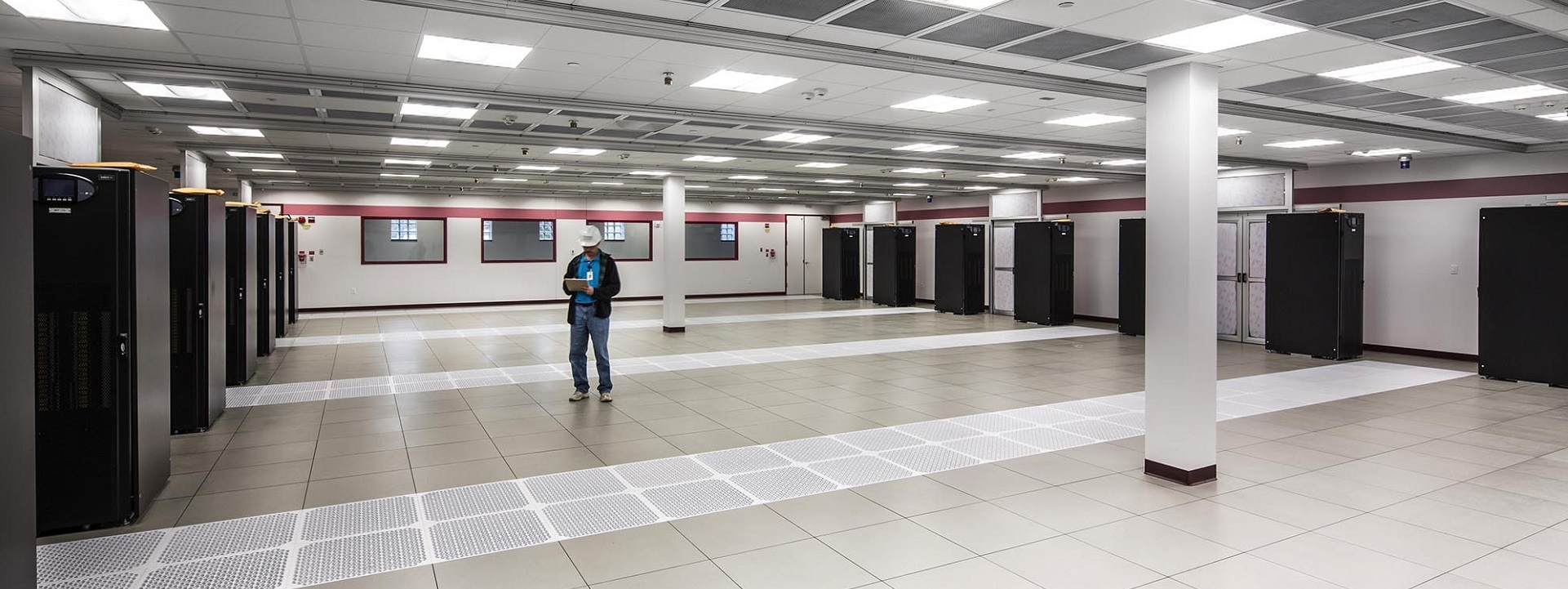

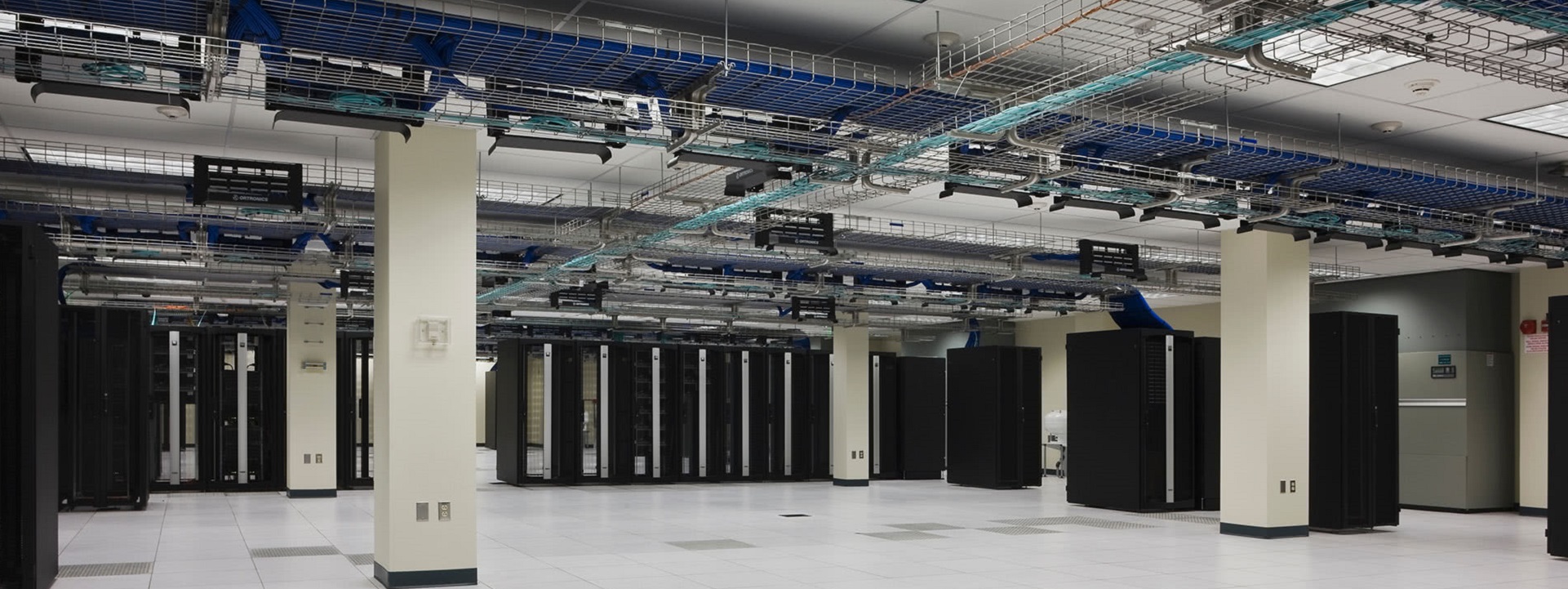
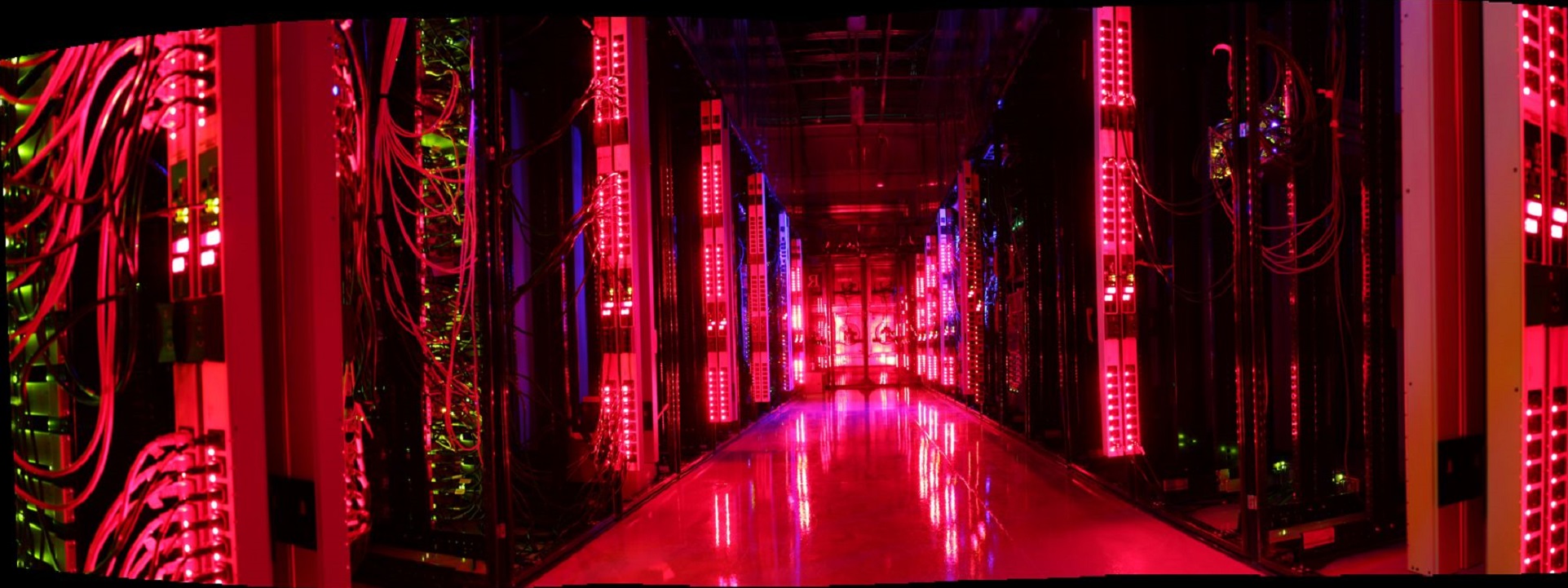
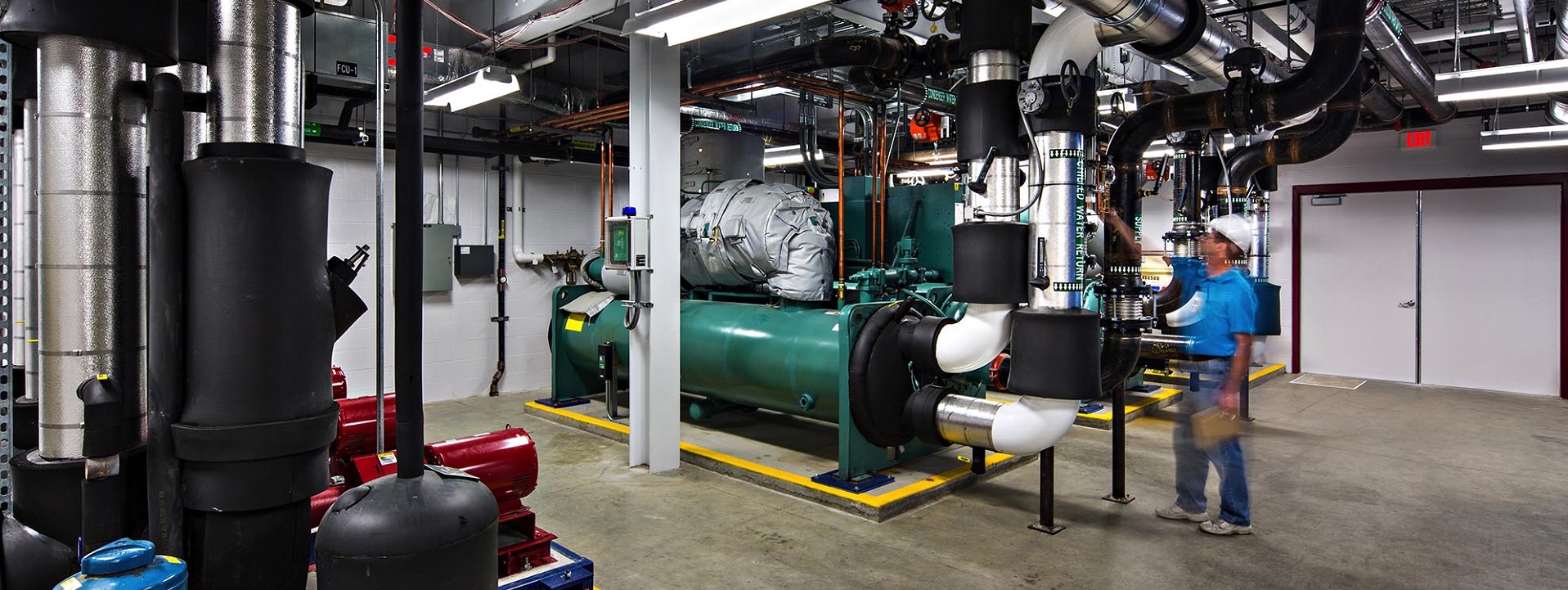
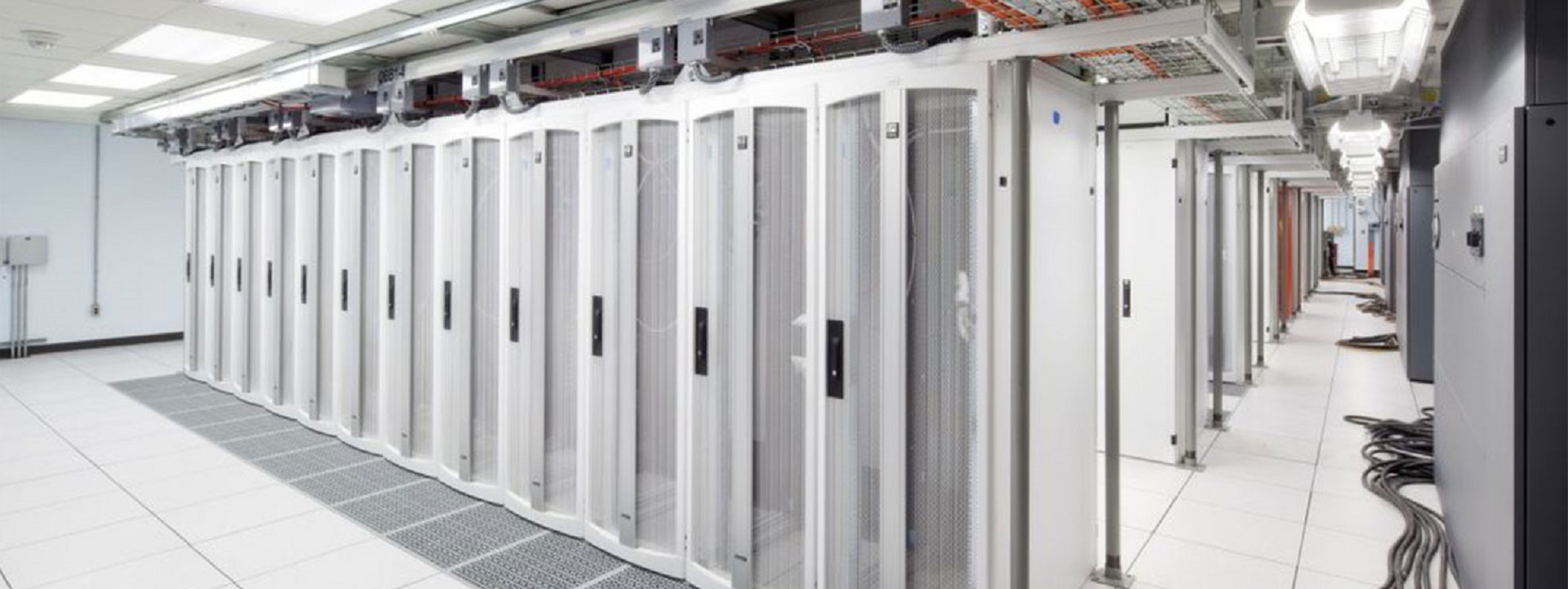

Data centers in colleges and universities are crucial for supporting the extensive technological infrastructure required for modern education and research. These centers house critical servers and storage systems that manage vast amounts of data, ensuring reliable access to academic resources, administrative applications, and communication networks. They enable the secure storage and processing of sensitive information, including student records, faculty research, and institutional data.
Uptime Institute Tier Classification
Moreover, data centers facilitate advanced research by providing the computational power needed for data-intensive studies in fields like bioinformatics, climate science, and artificial intelligence. They support virtual learning environments and online course management systems, essential for the increasingly prevalent hybrid and online education models. Efficient data centers also contribute to campus sustainability goals by optimizing energy use through modern, eco-friendly technologies.
ANSI/TIA 942 Data Center Infrastructure Standard
Additionally, robust data center infrastructure enhances the university’s ability to attract top-tier faculty and students by demonstrating a commitment to cutting-edge technology and resources. They also play a vital role in disaster recovery and business continuity, ensuring that educational and administrative functions can resume quickly after disruptions. Overall, data centers are integral to the academic mission, operational efficiency, and strategic growth of colleges and universities.
We have followed development of the technical standards that govern the success of these “installations” since 1993; sometimes nudging technical committees — NFPA, IEEE, ASHRAE, BICSI and UL. The topic is vast and runs fast so today we will review, and perhaps respond to, the public consultations that are posted on a near-daily basis. Use the login credentials at the upper right of our home page.
Related:
Ernst & Young LLP: Why there is no silver bullet for data center financing
Power Management For Data Centers Challenges And Opportunities
The bookwheel, also known as a revolving bookcase, was invented by an Italian scholar and polymath named Agostino Ramelli. Ramelli was born in 1531 in Ponte Tresa, a town in present-day Italy, and he lived during the Renaissance period.
Ramelli’s invention, described in his work titled “Le diverse et artificiose machine del capitano Agostino Ramelli” (The Various and Ingenious Machines of Captain Agostino Ramelli), was published in 1588. This book showcased a collection of 195 mechanical devices.
Ramelli’s work contributed to the growing interest in mechanical inventions during the Renaissance period. His bookwheel design remains a fascinating example of early engineering and ingenuity, highlighting the desire for knowledge and practical solutions in the pursuit of learning and scholarly endeavors.
2026 NEC Articles 645-646-647 Information Technology Equipment, et. al First Draft Report
2026 NEC Articles 645-646-647 Information Technology Equipment, et. al Second Draft Report
The standard of care for wiring safety for data centers — a continually expanding presence in education communities even before the pandemic — is established in National Electrical Code Articles 645 (Information Technology Equipment), Article 646 (Modular Data Centers) and Article 647 (Sensitive Electronic Equipment). You will notice that these articles cover the topic comprehensively and bear the imprint of competing Producer-Interest groups. There are no User-Interest representatives on Code-Making Panel 12 that represent the final fiduciary in education communities even though education communities are one of the largest markets for information and communication technology systems.
The current version of NFPA 70 is linked below:
Transcripts of technical committee action during the 2026 revision (CMP-16) are linked below because they will inform our recommendations for the 2026 National Electrical Code. Keep in mind that the Technical Correlating Committee is moving content around the Code in order to make the NEC easier to use by experts.
CMP-16 First Draft Report | Public Input with Committee Response
The transcripts of technical committee action during the 2023 revision are linked below because they will inform our recommendations for the 2026 National Electrical Code.
Code‐Making Panel 12 Public Input Report
Code-Making Panel 12 Public Comment Report
We will use these in our exploration of what we might propose for improvements in the 2026 revision. Public comment on the First Draft of the 2026 Edition will be received until August 28th.
The issues that have been in play in these articles of the NEC are familiar to veterans of the “food fight” – occupancy classification, cable specifications, fire protection, ventilation, energy consumption, surge protection, licensing of engineers. etc. We look for market-making excesses by opposing stakeholders that seek to limit their risk while raising the (financial) risk to education communities.
We encourage our colleagues to participate in the NFPA code development process directly. We also encourage stakeholders in education communities — students, faculty and staff to join us during any of the teleconferences we co-host with the IEEE Education & Healthcare Facilities Committee 4 times monthly in both European and American time zones. See our CALENDAR for the next online meeting.







NFPA 75: Standard for the Fire Protection of Information Technology Equipment
2024 International Building Code: Special Detailed Requirements Based on Occupancy and Use
2024 International Building Code: Section 304.1 Business Group B
New update alert! The 2022 update to the Trademark Assignment Dataset is now available online. Find 1.29 million trademark assignments, involving 2.28 million unique trademark properties issued by the USPTO between March 1952 and January 2023: https://t.co/njrDAbSpwB pic.twitter.com/GkAXrHoQ9T
— USPTO (@uspto) July 13, 2023
Standards Michigan Group, LLC
2723 South State Street | Suite 150
Ann Arbor, MI 48104 USA
888-746-3670
